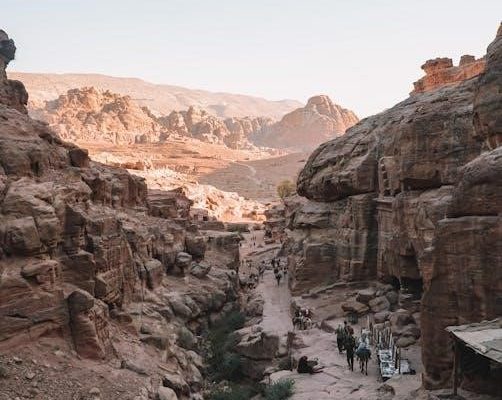Seoul, South Korea’s vibrant capital, seamlessly blends ancient traditions with modern innovation. Explore historic palaces, bustling markets, and cutting-edge attractions in this dynamic metropolis.
Overview of Seoul as a Dynamic City
Seoul is a pulsating metropolis where ancient traditions meet modern innovation. As South Korea’s cultural and economic hub, it captivates visitors with its vibrant energy. From the grandeur of historic palaces like Gyeongbokgung to the futuristic skyline dominated by Lotte World Tower, Seoul offers a unique blend of heritage and progress. Its bustling neighborhoods, such as Hongdae and Itaewon, showcase the city’s dynamic spirit, while its world-class shopping districts and K-pop culture attract global attention. Seoul’s ability to harmonize the past with the future makes it one of Asia’s most exciting cities to explore.
Why Visit Seoul in 2025?
Seoul in 2025 promises an unforgettable experience, blending tradition and innovation. The city will host exclusive cultural festivals, showcasing its vibrant heritage. New attractions, such as cutting-edge exhibitions and themed cafes, will debut, offering fresh experiences. Additionally, 2025 marks a peak year for K-pop events and shopping extravaganzas, making it a must-visit for fans worldwide. With its dynamic energy and seasonal beauty, Seoul in 2025 is the perfect destination for travelers seeking a mix of history, modernity, and entertainment.

Best Attractions in Seoul
Seoul captivates visitors with its blend of historic sites, modern landmarks, and cultural experiences. From palaces like Gyeongbokgung to vibrant neighborhoods, the city offers endless exploration opportunities;
Historic Palaces: Gyeongbokgung and Changdeokgung
Gyeongbokgung, the largest and most iconic palace, symbolizes Korea’s rich history. Built in 1395, it features majestic architecture and a royal guard-changing ceremony. Changdeokgung, a UNESCO World Heritage Site, boasts stunning gardens and a blend of traditional design. Both palaces offer insight into Korea’s royal past, with Gyeongbokgung’s grandeur and Changdeokgung’s serene beauty attracting millions annually. Visitors can explore intricate details, historical artifacts, and cultural exhibits, making these palaces must-visit destinations for anyone interested in Korean heritage and architecture.
Modern Landmarks: Lotte World Tower and COEX Mall
Lotte World Tower, standing 123 stories tall, is an iconic symbol of Seoul’s modern skyline. Its observation deck, Seoul Sky, offers breathtaking views of the city. Nearby, COEX Mall is a hub for shopping, dining, and entertainment, featuring an aquarium, a massive library, and trendy stores. Together, these landmarks represent Seoul’s blend of innovation and cosmopolitan lifestyle, attracting visitors seeking both adventure and leisure in the heart of the city.
Cultural Villages: Bukchon Hanok Village
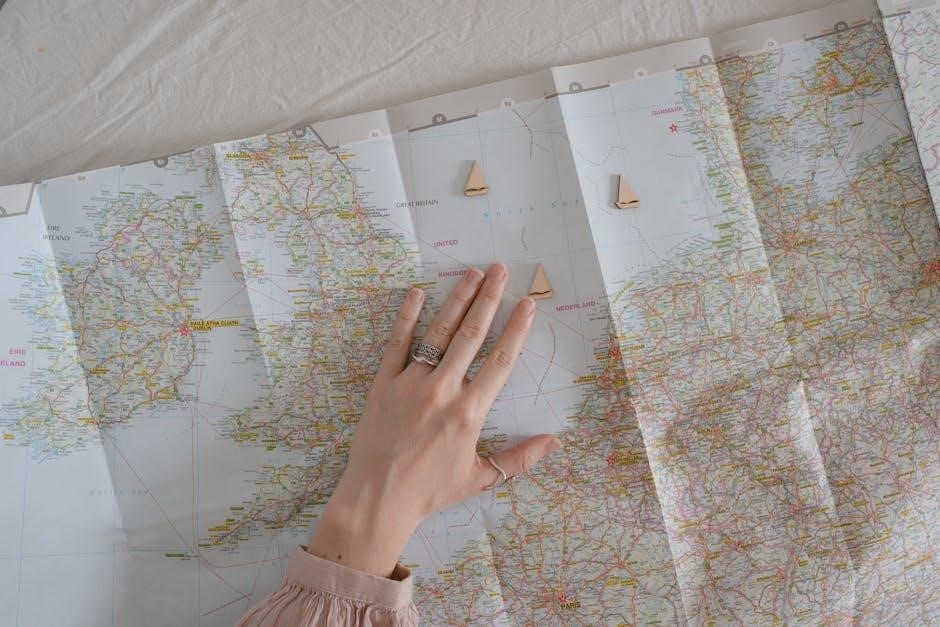
Bukchon Hanok Village, nestled between Gyeongbokgung and Changdeokgung Palaces, offers a glimpse into Seoul’s traditional past. This 600-year-old village features hundreds of hanok (traditional Korean houses) with tiled roofs and elegant designs. Visitors can stroll through narrow cobblestone streets, explore cultural museums, and experience tea houses. The village is also a popular spot for wearing hanbok and capturing memorable photos. It’s a must-visit for those seeking to immerse themselves in Korean heritage and enjoy a serene escape from the city’s bustling energy.
Shopping Districts: Myeongdong and Gangnam
Myeongdong and Gangnam are Seoul’s premier shopping districts, offering distinct experiences. Myeongdong is famed for its bustling streets filled with affordable fashion, cosmetics, and street food, attracting both locals and tourists. Gangnam, meanwhile, is a symbol of luxury, with high-end boutiques, designer brands, and trendy cafes. Both districts are hubs for K-pop culture, making them must-visits for fashion enthusiasts and shoppers seeking a blend of style and tradition in the heart of Seoul.
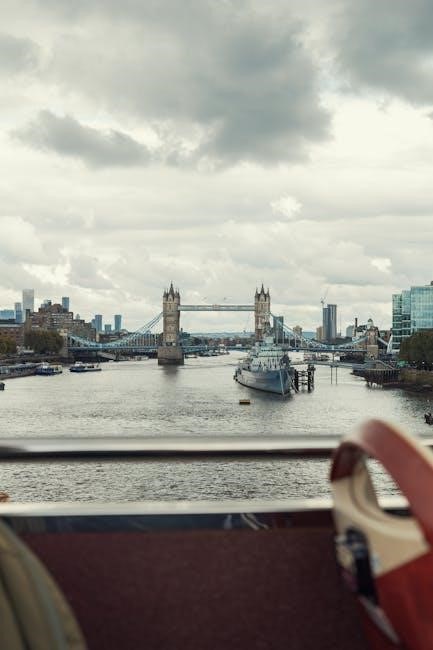
Day Trips and Excursions
Explore beyond Seoul with day trips to the DMZ, Suwon Hwaseong Fortress, and Korean Folk Village. Discover history, culture, and nature on these unforgettable excursions.
DMZ Tours: Exploring the Korean Demilitarized Zone
A DMZ tour offers a unique glimpse into Korea’s tense history. Visit the 3rd Infiltration Tunnel, Dora Observatory, and Dorasan Station. Walk along the Bridge of No Return, a symbolic border landmark. Learn about the 1953 Armistice Agreement and the ongoing division of the peninsula. Guided tours provide insight into the region’s significance, combining education and emotion. This unforgettable experience highlights the complexities of Korea’s past and present, making it a must-do for history enthusiasts visiting Seoul.
Suwon Hwaseong Fortress and Korean Folk Village
South of Seoul lies Suwon Hwaseong Fortress, a UNESCO World Heritage Site. This 18th-century structure showcases Joseon-era architecture and offers panoramic views. Nearby, the Korean Folk Village provides a charming look at traditional life, with hanok houses, artisans, and cultural performances. Visitors can enjoy historical reenactments and local crafts. A day trip here combines history, culture, and scenic beauty, offering a unique escape from Seoul’s urban buzz.
Nature Escapes: Namsan Mountain and Seoul Tower
Namsan Mountain offers a serene escape from Seoul’s bustling streets, with lush trails perfect for hiking. At its peak, N Seoul Tower provides breathtaking 360-degree views of the city. Visitors can explore the Teddy Bear Museum, lock gates of love, and enjoy romantic dining options. Open 24/7, this landmark is a must-visit for nature lovers and cityscape enthusiasts alike, blending natural beauty with modern attractions in the heart of Seoul.

Dining and Nightlife
Seoul’s dining scene offers a mix of street food, Korean BBQ, and themed cafes. Nightlife thrives in Hongdae and Itaewon, with vibrant bars and clubs for all tastes.
Street Food Markets: Tongin Market and Gwangjang Market
Tongin Market, famous for its unique coin-based system, offers delicacies like kimchi tofu stew and bindaetteok (Korean-style doughnuts). Gwangjang Market, one of Seoul’s oldest and largest, is renowned for traditional street food such as Korean pancakes (bindaege) and mayak kimbap. These bustling markets provide an authentic taste of Korean cuisine, attracting food enthusiasts and locals alike. They are essential stops for anyone seeking to experience Seoul’s vibrant food culture and savor its culinary treasures.
Korean BBQ and Traditional Restaurants
Indulge in authentic Korean BBQ at renowned spots like Hanilkwan and Mapo Galbi, where tender meats are grilled to perfection. For traditional dining, visit Gwangjang Market or Sosoeum, offering dishes like hanjeongsik (Korean table d’hôte) and jajangmyeon (black bean noodles). These restaurants showcase the rich flavors and diverse techniques of Korean cuisine, providing a memorable culinary experience that blends tradition with modern tastes.
Hidden Gems: Themed Cafes and Unique Bars
Discover Seoul’s quirky charm at themed cafes like the iconic Cat Café, where feline friends join your coffee break, or the whimsical Dog Café Meong. For nightlife, explore hidden bars such as speakeasies disguised as vintage shops or secret alleyways. The Hello Kitty Café in Hongdae delights fans with its adorable theme, while unique bars offer craft cocktails in unconventional settings. These spots, often overlooked by tourists, provide an authentic taste of Seoul’s creative and eclectic culture, making them must-visit destinations for adventurous travelers seeking memorable experiences.
Vibrant Nightlife: Hongdae and Itaewon
Hongdae and Itaewon are the epicenters of Seoul’s dynamic nightlife. Hongdae, known for its indie music scene, offers live performances, street art, and trendy bars. Itaewon, a multicultural hub, features diverse dining and vibrant clubs. Explore themed cafes, indie music venues, and unique bars in Hongdae, while Itaewon’s cosmopolitan vibe offers international cuisine and lively lounges. Both districts promise unforgettable nights, blending creativity, culture, and energy, making them must-visit spots for anyone seeking Seoul’s most exciting after-dark experiences.
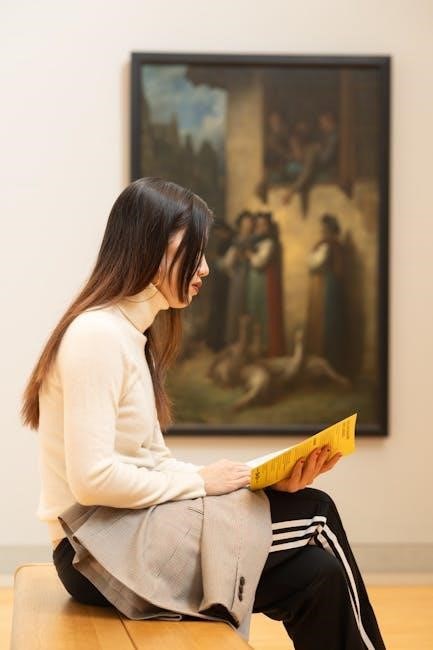
Cultural Experiences
Immerse yourself in Seoul’s rich culture by staying in traditional Hanok houses, exploring historic temples, and experiencing K-pop workshops, offering a deep connection to Korea’s heritage and modern vibes.
Traditional Hanok House Stays
Experience Korea’s heritage by staying in a traditional Hanok house, offering a glimpse into centuries-old architecture and customs. Bukchon Hanok Village, nestled between Gyeongbokgung and Changdeokgung palaces, is a popular destination for such stays. These beautifully crafted homes feature intricate designs and serene gardens, allowing guests to immerse themselves in Korean traditions. Many Hanok accommodations provide cultural activities, such as tea ceremonies or hanbok dressing, making your stay both educational and memorable. It’s a unique way to connect with Seoul’s past while enjoying modern comforts.
Korean Temples: Jogyesa and Hwagyesa
Jogyesa Temple, the chief temple of the Jogye Order of Korean Buddhism, is a serene oasis in central Seoul. Known for its stunning architecture and peaceful ambiance, it hosts cultural events and ceremonies. The temple’s Daeungjeon Hall is a masterpiece, and its lotus lanterns during the annual festival are breathtaking. Nearby, Hwagyesa Temple, nestled in the Bukhan Mountains, offers a tranquil retreat with nature trails and seasonal beauty. Both temples provide a spiritual escape, showcasing Korea’s rich Buddhist heritage and natural splendor.
K-Pop Culture Tours and Workshops
Immerse yourself in the vibrant world of K-Pop with exclusive tours and workshops in Seoul. Learn iconic dance moves from professional choreographers, explore recording studios, and visit iconic K-Pop landmarks. Interactive workshops allow you to record your own track or create a music video. Gain insights into the industry by meeting idols and industry professionals. These experiences offer a unique blend of fun and cultural immersion, perfect for fans looking to dive deep into Seoul’s K-Pop phenomenon and take home unforgettable memories.
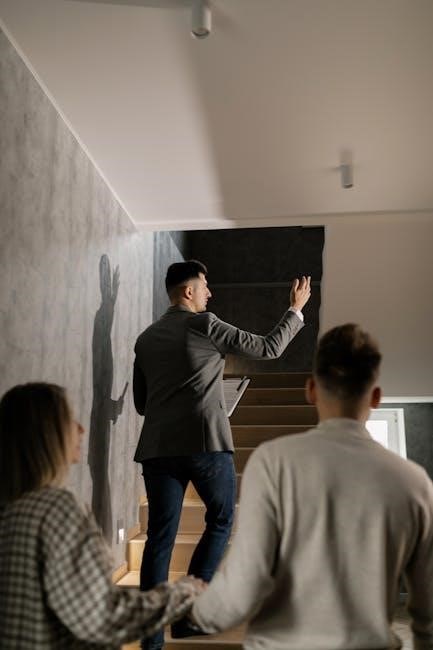
Shopping in Seoul
Discover Seoul’s vibrant mix of traditional markets, luxury districts, and modern malls, offering everything from vintage finds to high-end fashion, local crafts, and street food delights.
Traditional Markets: Namdaemun and Dongdaemun
Namdaemun and Dongdaemun are Seoul’s iconic traditional markets, offering a kaleidoscope of shopping experiences. Namdaemun, the oldest and largest, is a treasure trove for affordable souvenirs, clothing, and street food. Dongdaemun, known as the fashion hub, showcases vibrant night markets and modern designs. Both markets provide a glimpse into Seoul’s rich cultural heritage, blending tradition with contemporary shopping thrills, making them must-visit destinations for any traveler seeking authentic Korean goods and unforgettable bargains.
Luxury Shopping: Apgujeong and Cheongdam
Apgujeong and Cheongdam are the epicenters of luxury shopping in Seoul, catering to high-end fashion enthusiasts. Apgujeong, often called the “Beverly Hills of Seoul,” boasts upscale boutiques and designer flagships, while Cheongdam is renowned for its luxury malls and trendy flagships. These districts offer a sophisticated shopping experience, with everything from haute couture to exclusive beauty brands. Frequented by K-pop idols and fashionistas, Apgujeong and Cheongdam are must-visit destinations for those seeking premium retail therapy and a glimpse into Seoul’s high-end lifestyle.
Local Crafts and Souvenirs
Seoul offers a treasure trove of local crafts and souvenirs, perfect for taking a piece of Korean culture home. From traditional hanji (Korean paper) goods to intricate pottery and noren (fabric wall hangings), these items reflect the city’s rich heritage. Insadong is a hotspot for artisanal shops, while Gwangjang Market offers a variety of affordable, authentic souvenirs. Don’t miss the chance to support local artisans by shopping at these markets, ensuring your mementos are both meaningful and unique. These crafts embody the soul of Seoul, blending tradition with modern charm.
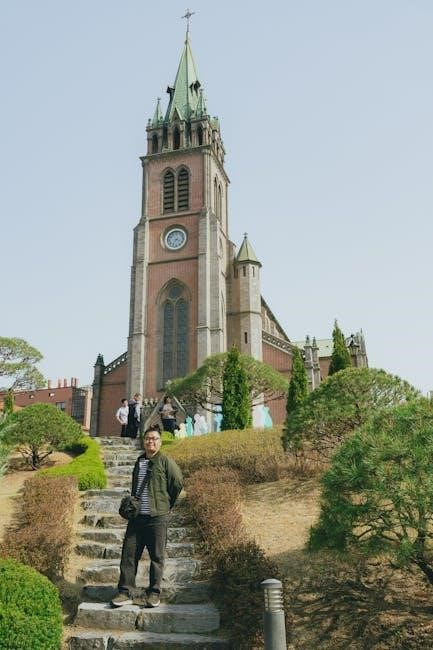
Seasonal Attractions
Seoul captivates visitors year-round with vibrant seasonal attractions. Spring blossoms paint the city pink, while autumn foliage offers breathtaking views. Winter brings ice skating and festivals, and summer hosts outdoor events and cultural celebrations, making Seoul a dynamic destination in every season.
Festivals and Celebrations in Seoul
Seoul’s vibrant festival scene showcases its rich culture and creativity. The Lotte World Folklore Festival highlights traditional performances from around the world, while the Seoul Lantern Festival illuminates the Cheonggyecheon Stream with stunning lanterns. The Boryeong Mud Festival offers a unique, fun experience, and the Seoul International Fireworks Festival dazzles with spectacular displays. These events provide unforgettable experiences, blending tradition with modern entertainment and attracting visitors from globally.
Autumn Foliage and Winter Activities
Seoul transforms into a picturesque destination during autumn and winter. The city’s parks and mountains, such as Namsan and Bukhansan, offer breathtaking autumn foliage, with vibrant red and orange leaves creating stunning landscapes. In winter, enjoy ice skating at Lotte World or COEX Mall, and experience the serene beauty of snow-covered palaces like Gyeongbokgung. The Seoul Winter Festival adds to the charm with illuminated decorations and festive markets, making the season a magical time to explore the city.
Spring Blossoms and Summer Events
Seoul comes alive in spring with vibrant blossoms, particularly along the Han River and at Namsan Mountain, where cherry blossoms create a stunning backdrop. Summer brings warmth and lively events like the Seoul Summer Festival, featuring outdoor concerts and cultural performances. Don’t miss the Lotte World Folklore Festival, showcasing traditional dances and music. These seasons offer perfect opportunities to explore Seoul’s gardens, enjoy refreshing escapes at Boseong Tea Plantations, and experience the city’s energetic vibe at night markets and fireworks displays.
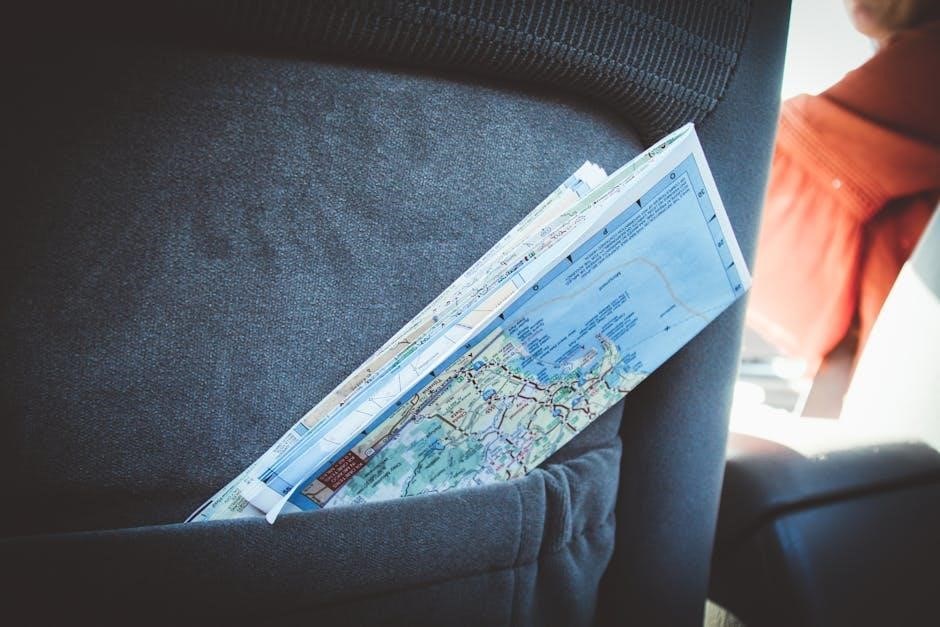
Practical Tips and Guides
Seoul offers efficient public transport; consider using a T-money card. Learn basic Korean phrases for smoother interactions. Download apps like Naver Maps for navigation. Book tickets early for popular attractions and pack layers for variable weather.
Best Time to Visit Seoul
Seoul is a year-round destination, with each season offering unique charm. Spring (March–May) blooms with cherry blossoms, while summer (June–August) hosts vibrant festivals. Autumn (September–November) showcases stunning foliage, and winter (December–February) offers ice skating and cozy cafes. The best time to visit is spring or fall for mild weather. Plan ahead during peak seasons and book accommodations early. Pack layers for temperature fluctuations, and don’t miss seasonal highlights like autumn leaves or winter lights for an unforgettable experience in this dynamic city.
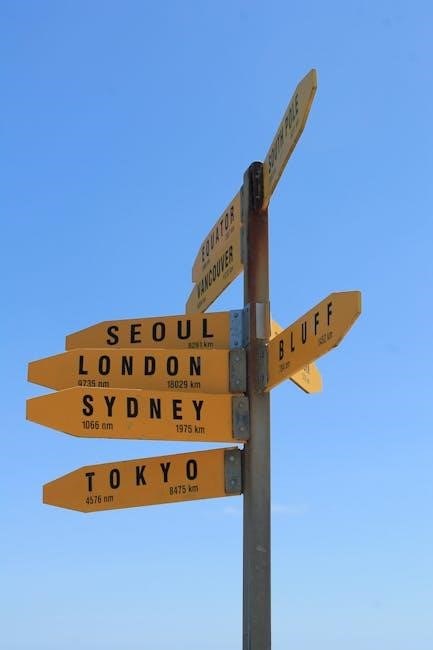
Getting Around: Public Transport and Taxis
Seoul boasts an efficient public transport system, with an extensive subway network and buses connecting all corners of the city. The subway operates from 5:30 AM to midnight, with clear English signs and announcements. T-money cards are convenient for paying fares and can be refilled at convenience stores. Taxis are widely available, with most drivers using GPS for accuracy. International taxis with English-speaking drivers are also an option. Ride-hailing apps like KakaoT are popular alternatives. With its well-organized system, navigating Seoul is seamless, even for first-time visitors.
Essential Korean Phrases for Travelers
Learning a few basic Korean phrases can enhance your Seoul experience. Common greetings include annyeonghaseyo (hello), annyeong (goodbye), and joheun haru bomnida (good morning). For dining, menureul juseyo (menu please) and gong shim ha sae yo (enjoy your meal) are useful. Polite expressions like gamsahamnida (thank you) and joheun muryeopseumo (excuse me/sorry) are appreciated. For directions, ask eodiyeyo? (where is…?). These phrases will help you navigate daily interactions with locals and enrich your cultural experience in Seoul.
Seoul captivates with its harmonious blend of tradition and modernity, offering unforgettable experiences. Plan your trip to immerse yourself in this vibrant city’s culture, history, and beauty.
Final Thoughts on Planning Your Seoul Trip
Planning your Seoul trip requires balancing iconic landmarks and hidden gems. Prioritize must-see spots like Gyeongbokgung Palace, Myeongdong, and Bukchon Hanok Village. Don’t miss the vibrant nightlife in Hongdae and Itaewon. Seasonal activities, such as autumn foliage or spring blossoms, add unique charm. Consider guided tours for insights into Korean history and culture. Pack accordingly for Seoul’s unpredictable weather, and familiarize yourself with public transport. With thoughtful planning, your journey through this dynamic city will be unforgettable, offering a blend of tradition, innovation, and unforgettable experiences.
Encouragement to Explore and Enjoy
Seoul’s vibrant energy and rich cultural tapestry invite you to immerse yourself in its wonders. From bustling markets to serene temples, every corner offers a unique experience. Embrace the city’s blend of tradition and modernity, and don’t hesitate to venture off the beaten path. Whether savoring street food, exploring hidden cafes, or dancing the night away, Seoul promises unforgettable moments. Let curiosity guide you, and allow the city’s infectious spirit to inspire your adventure. Make the most of your time here and create lasting memories in this captivating metropolis.
